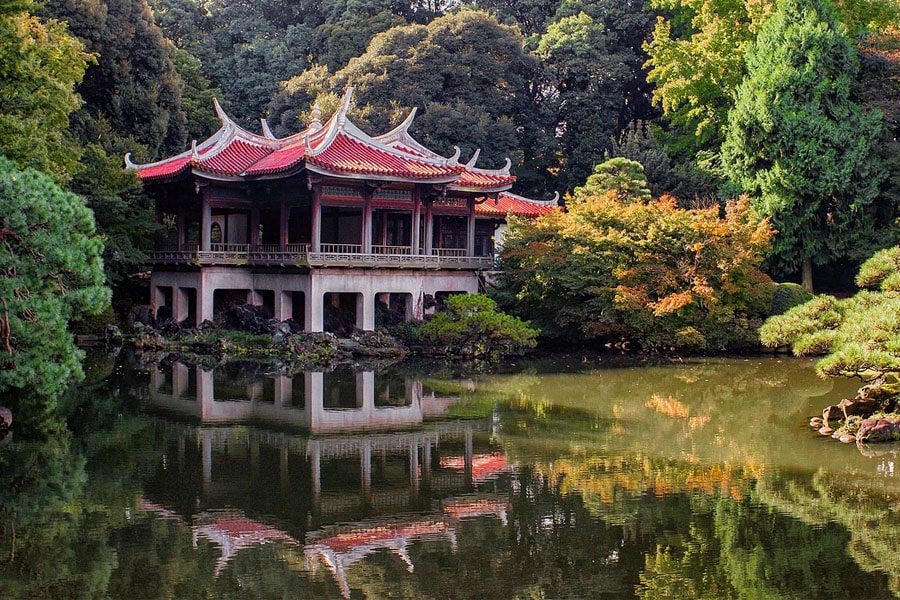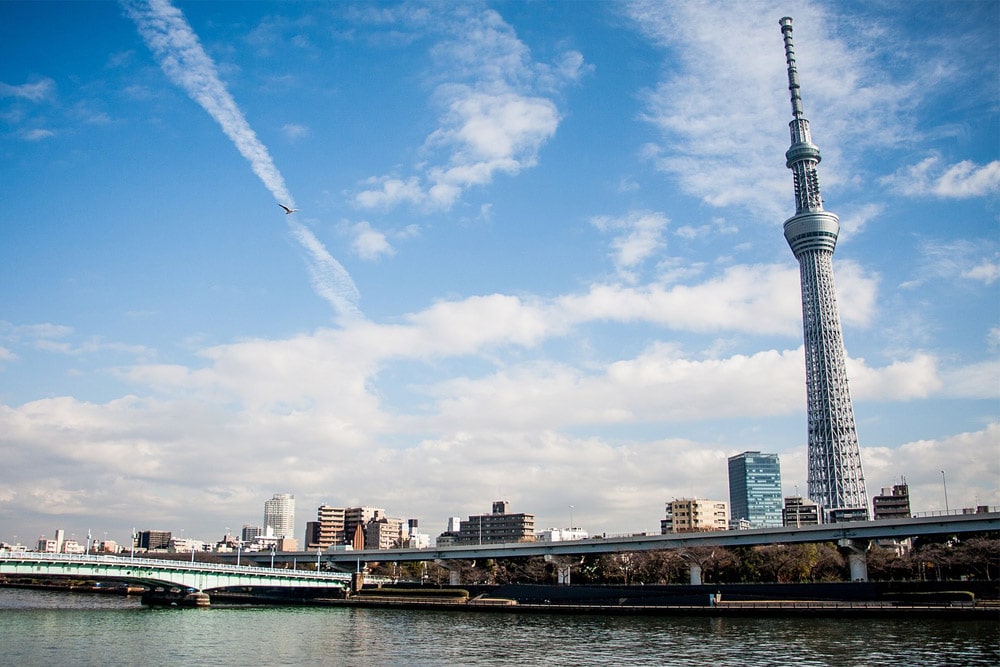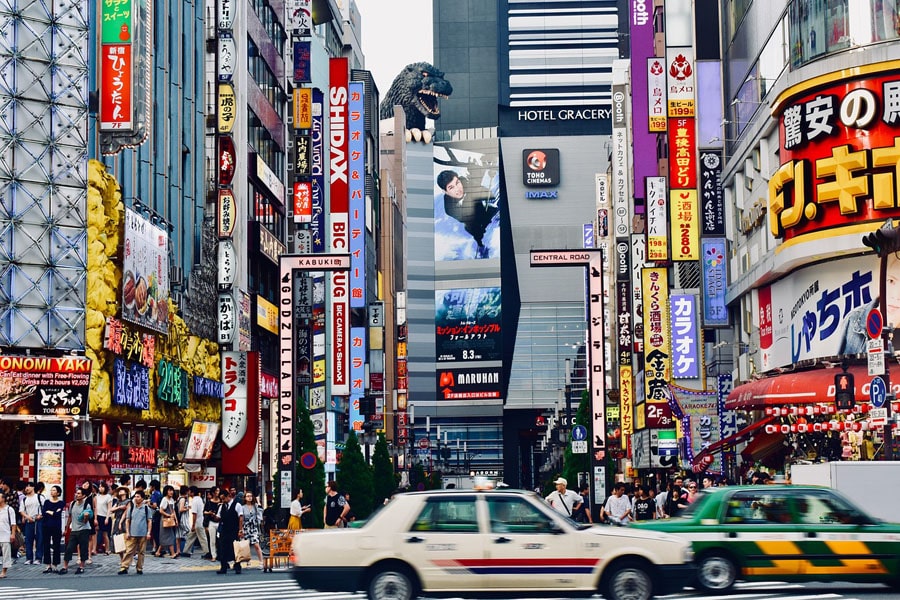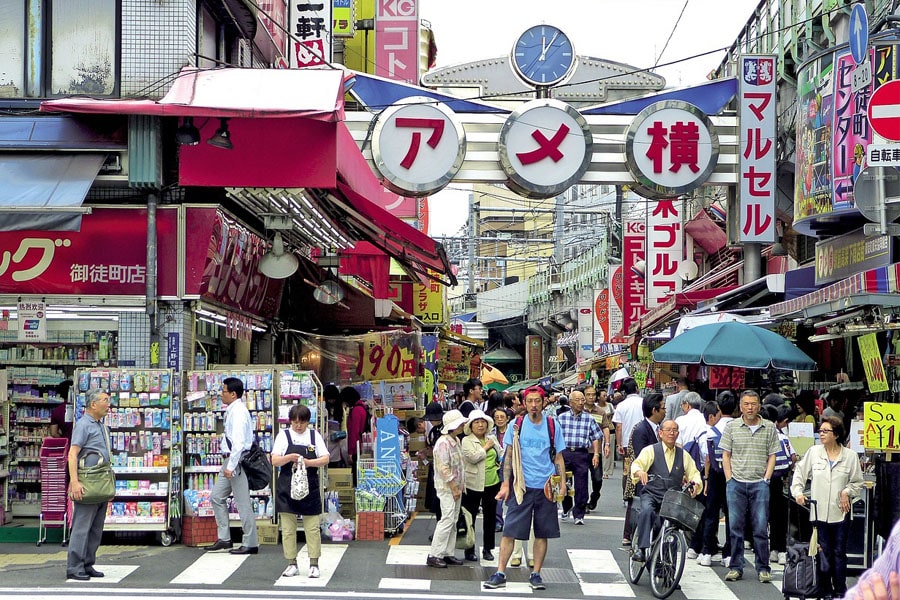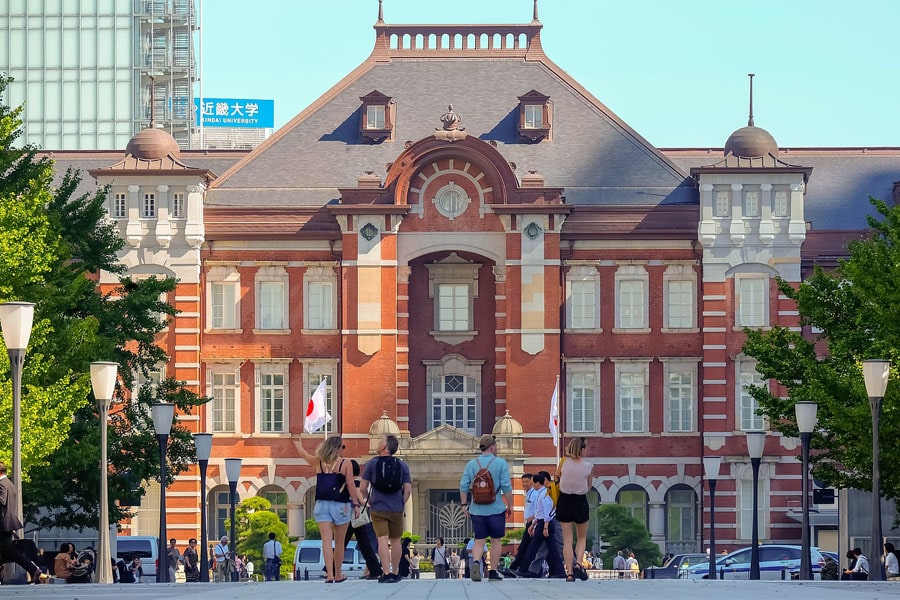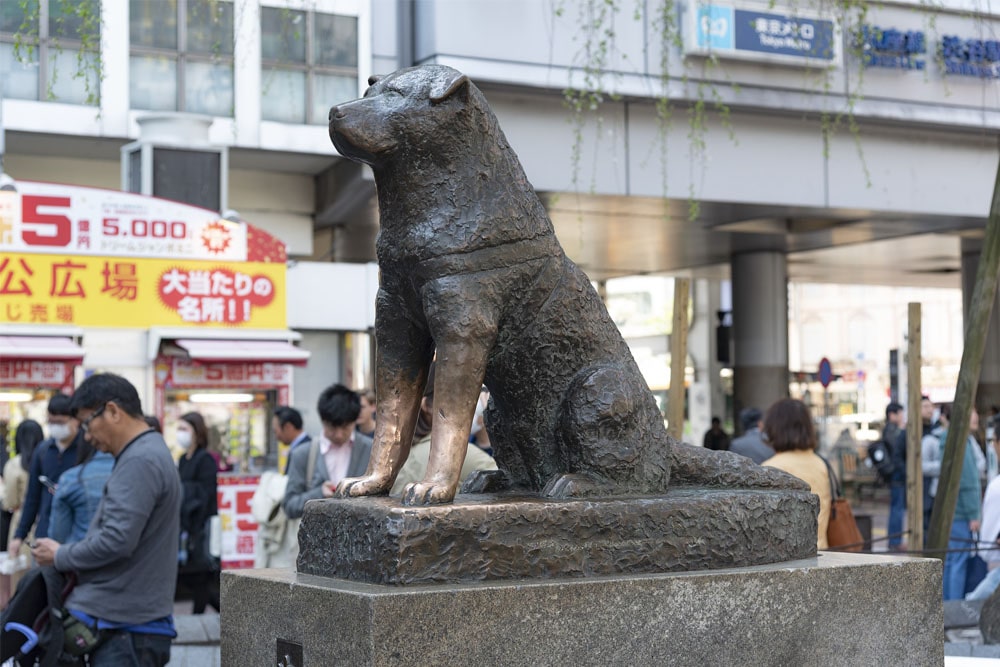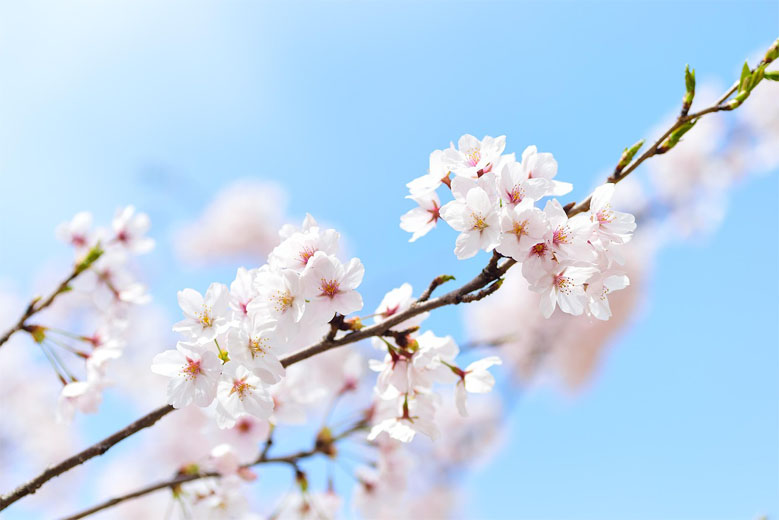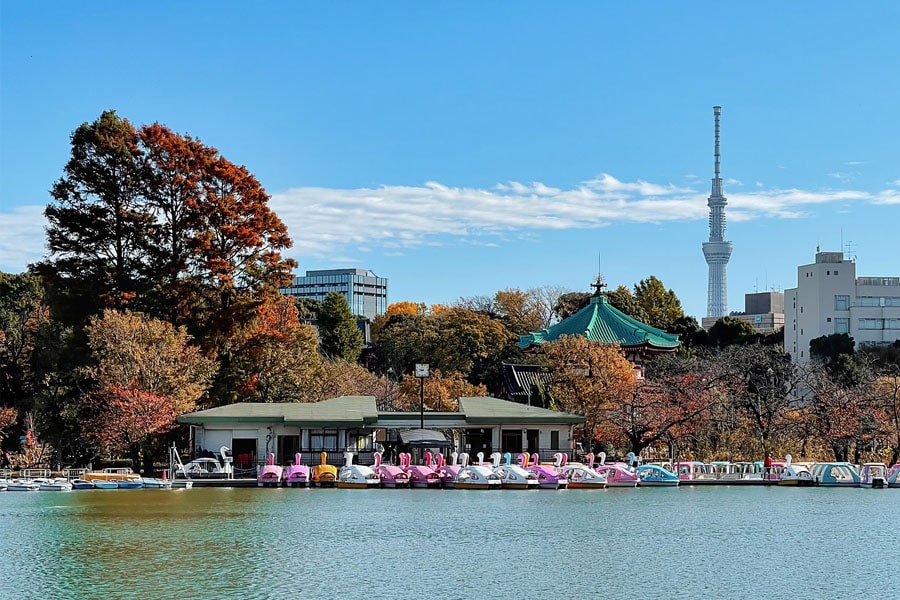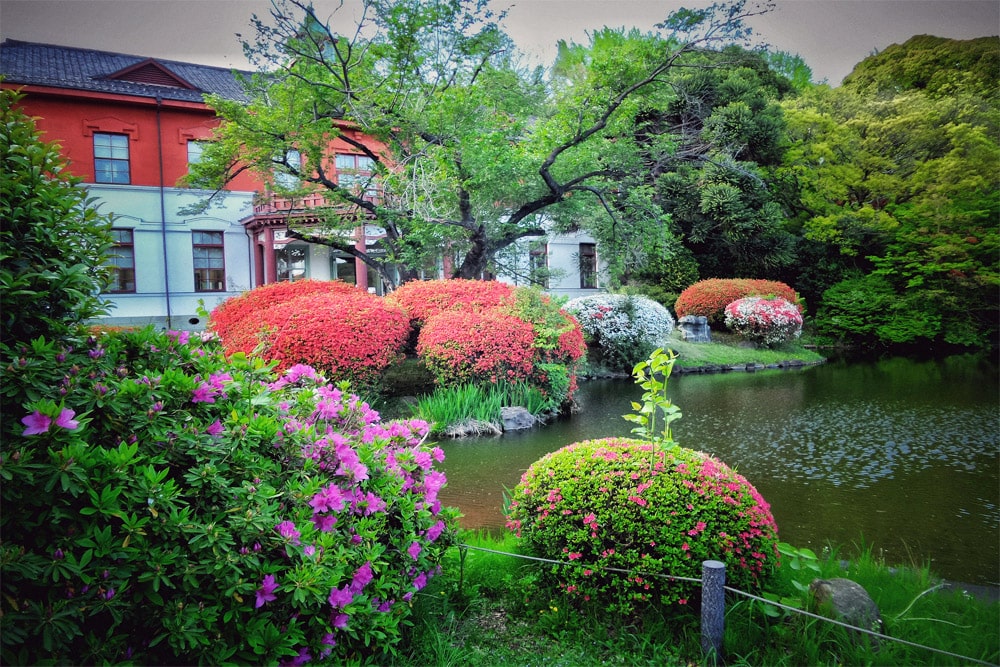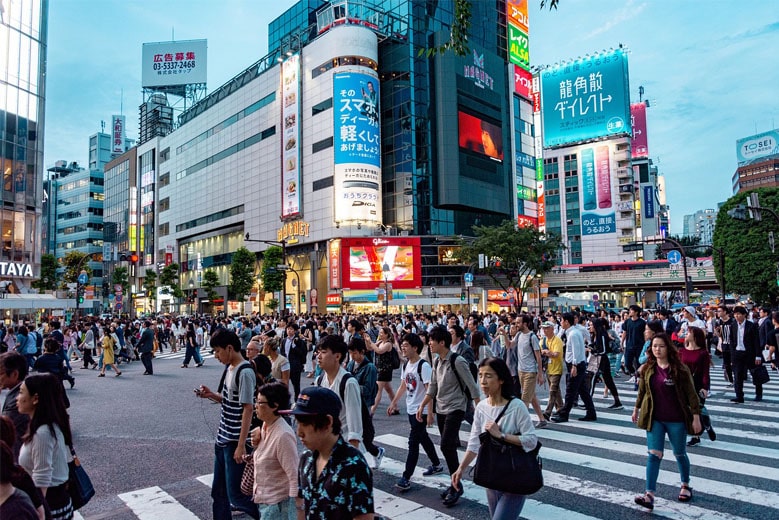
Tokyo is expensive by Japan standards, but a trip to Tokyo doesn’t have to hurt the wallet. If you are looking for free things to do in Tokyo, then look no further. Whether you are into hiking, culture, or sightseeing, Tokyo has a wide variety Tokyo offers a variety of free activities and attractions for visitors to enjoy.
1. Asakusa & Senso-ji Temple Grounds
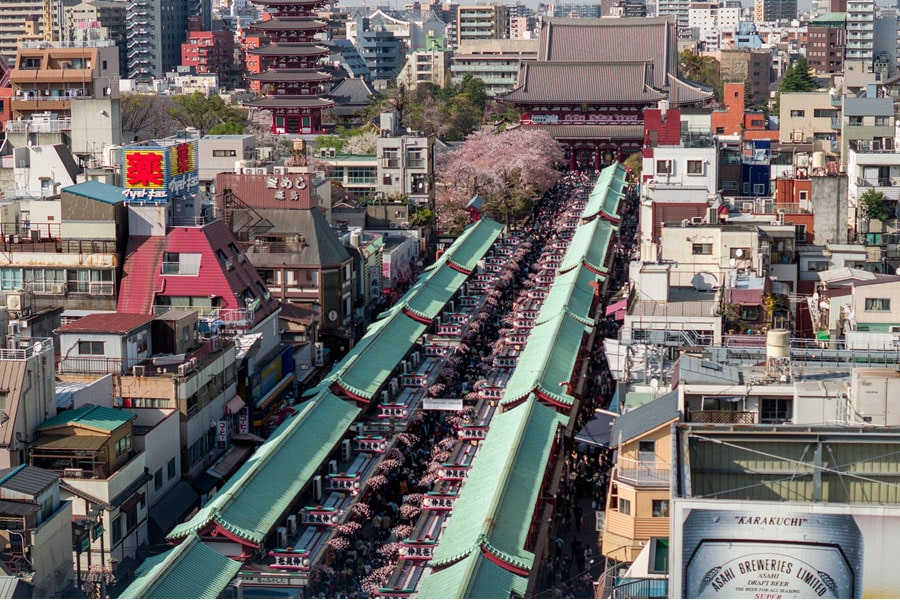
Senso-ji, also known as Asakusa Kannon Temple, is a famous Buddhist temple located in the Asakusa district of Tokyo. It is one of Tokyo’s oldest and most significant temple, attracting millions of visitors each year. Senso-ji is a religious site and a cultural landmark that showcases traditional Japanese architecture, history, and spirituality. While the path to the Senso-ji Temple is lined with shops, this scenic and historic temple is completely free to visit.
2. Tokyo Metropolitan Government Building
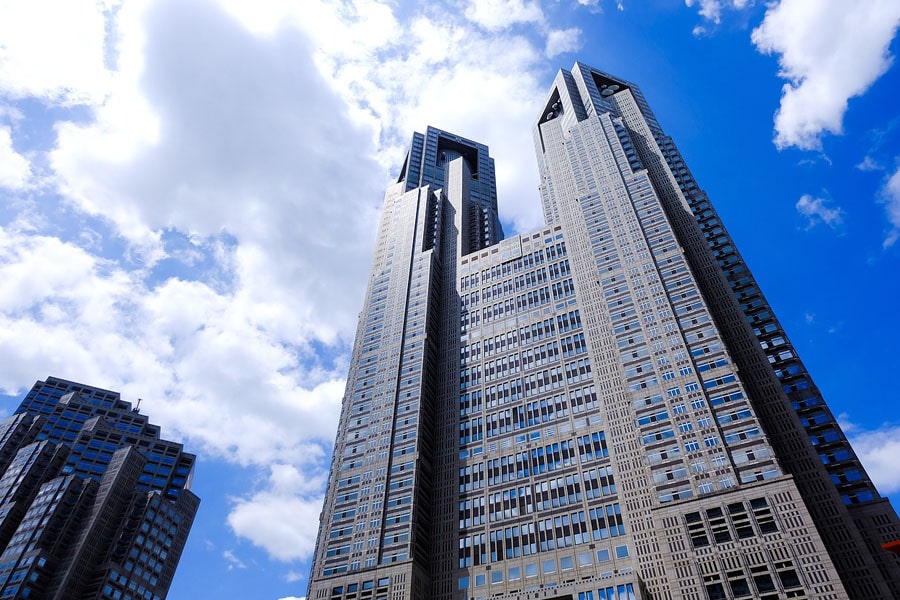
The Tokyo Metropolitan Government Building is an icon of the Tokyo Skyline. It serves as the headquarters of the Tokyo Metropolitan Government, which governs the 23 special wards of Tokyo, as well as other cities, towns, and villages within the Tokyo Metropolis.
One of the main attractions of the building is its observation decks found on each of the North and South Towers, which offer panoramic views of Tokyo and, on clear days, even Mount Fuji. The observation decks are located on the 45th floors of each tower and are accessible to the public free of charge.
3. Ueno Park
Ueno Park is a large public park located in the Taito ward of Tokyo, Japan. It was established in 1873 and is one of the city’s most popular destinations for both locals and tourists. The park covers an area of over 130 acres and is home to a number of important cultural and historical landmarks, as well as a wide variety of plants and flowers.
Ueno Park is also known for its beautiful cherry blossom trees, which bloom each spring and attract large crowds of people who come to view the flowers and enjoy hanami, the Japanese tradition of flower viewing.
4. Visit the Shibuya Scramble Crossing
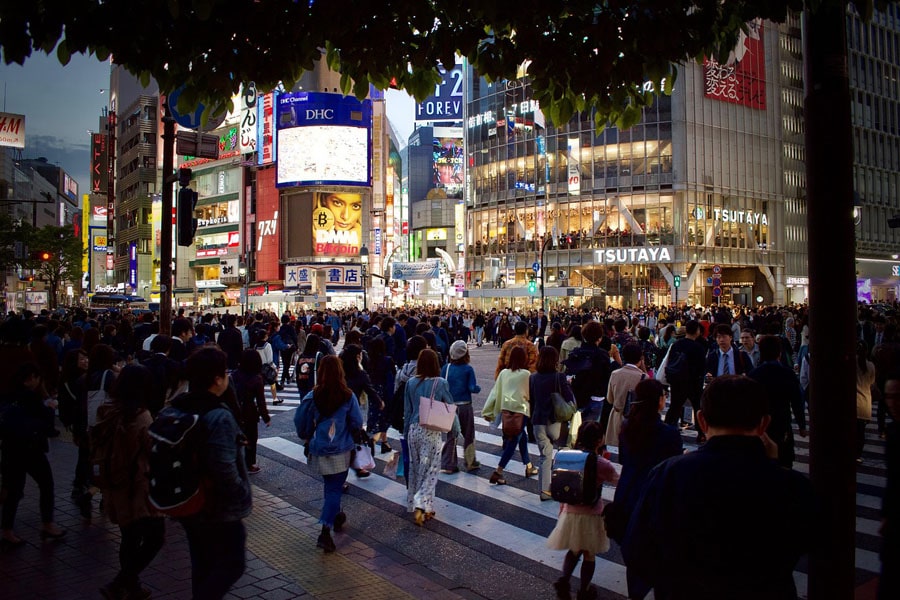
Shibuya Crossing is known for its impressive size and the sheer number of people who cross it at any given time. It is estimated that up to 2,500 people cross the intersection at once during peak hours. In it’s madness and chaos, it can be a little disorientating and one could easily loose track of their group while crossing the road, as everyone is heading is all kinds of directions
5. Walk across the Tokyo Rainbow Bridge
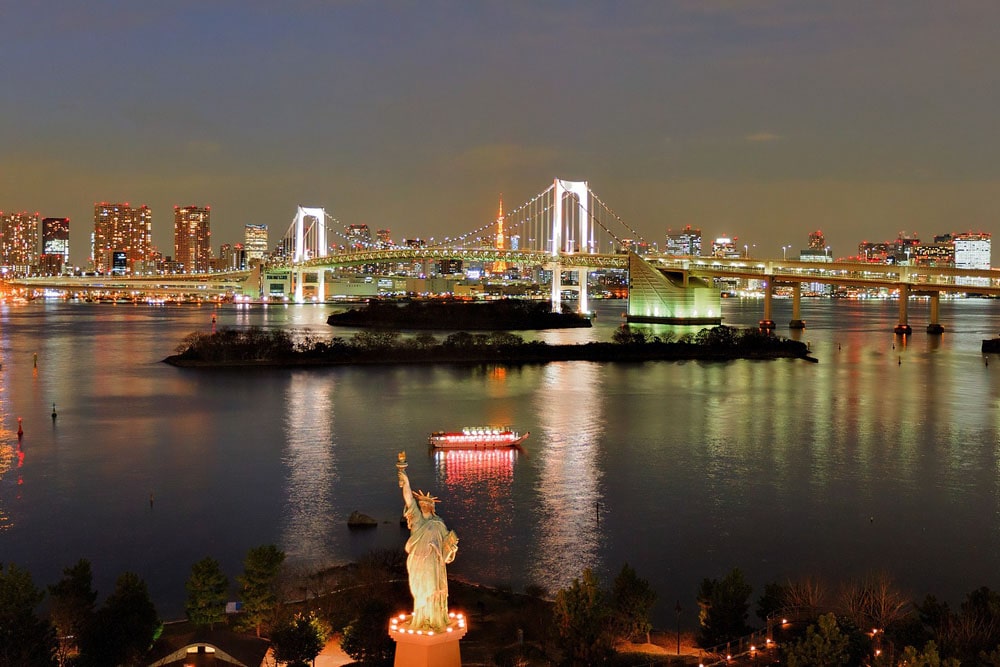
The Tokyo Rainbow Bridge is a stunning structure that spans across Tokyo Bay, connecting the city’s central district with the man-made island of Odaiba. Completed in 1993, the bridge has become an iconic landmark in Tokyo and a popular destination for tourists and locals alike.
You can walk on the underside of the Rainbow Bridge for free, which in itself is a pretty unique attraction. It takes about 20-30 minutes to walk from one side to another, though you will find that you will probably take longer as you stop to enjoy the scenery.
6. Visit the Odaiba Statue of Liberty
The Odaiba Statue of Liberty is the Tokyo based Statue of Liberty, sitting just outside Daiba Station, in Odaiba Kaihin-Koen park.
The statue is 1/7th the size of the New York Statue of Liberty, and was originally intended to be a temporary fixture to the Tokyo waterfront, as a symbol of the friendship between Japan and France – Much like the New York one to symbolize the friendship between the U.S.A and France.
The Statue was only supposed to last from 1998-1999, but due to the popularity of it, it soon became a permanent resident of the Tokyo Waterfront. You can now visit the statue in Odaiba Park for free.
7. Explore Meiji Shrine
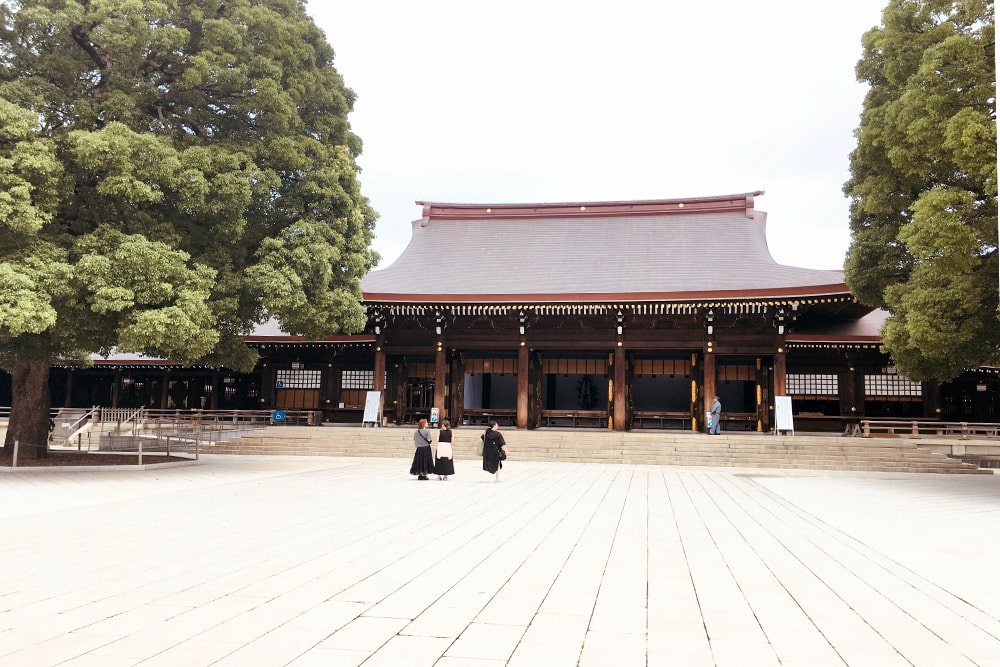
Meiji Shrine (Meiji Jingu) is one of Japan’s most famous shrines, certainly the most famous shrine in Tokyo. It sprawls over an enormous, forested park in the middle of the city full of towering trees that gives one the impression they are in fact standing in a forest somewhere out in the mountains rather than in the middle of the world’s largest city. It sprawls over an enormous, forested park in the middle of the city full of towering trees that gives one the impression they are in fact standing in a forest somewhere out in the mountains rather than in the middle of the world’s largest city.
It is free to walk around and explore this green space among the hustle and bustle of the concrete jungle that is Tokyo.
8. Explore the Vibrant streets of Akihabara
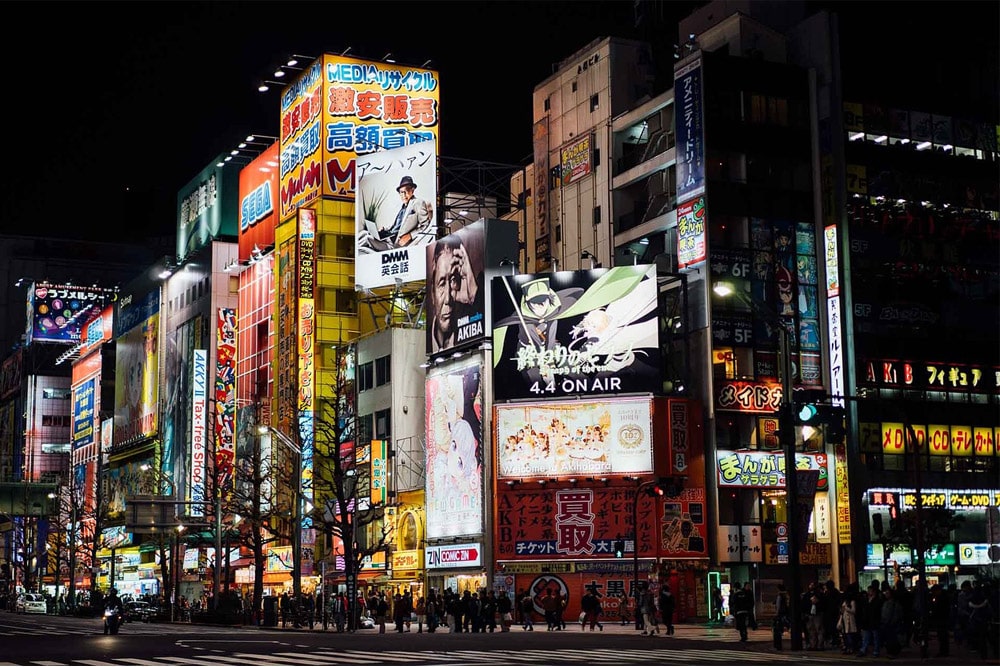
Akihabara, often referred to as “Akiba,” is a vibrant and iconic neighborhood in Tokyo, Japan. It has earned a global reputation as an electronics district and a hub of anime, manga, gaming, and otaku (geek) culture. Akihabara offers a unique and bustling atmosphere, attracting visitors from all over the world who are interested in technology, pop culture, and entertainment.
Historically known for its numerous electronics shops, Akihabara is still a paradise for tech enthusiasts. You can find a wide range of electronics, gadgets, computer parts, cameras, and home appliances in the many stores lining the streets. With the massive advertisements and store fronts all over, the streets of Akihabara are rather stunning, and even if you don’t plan on buying anything, it is certainly a great place to explore.
9. See the Hachiko Statue
The Hachiko statue is an icon of Shibuya, Tokyo. The bronze statue commemorates the journey of an Akita dog in the 1920s. According to the story, Hachiko would wait for his owner, whom worked to Tokyo Imperial University, outside of Shibuya station every day.
Hachiko would greet his owner, and the two would go home together. One day, his owner did not come home off the train, as he sadly passed away from a cerebral hemorrhage while at work. Hachiko continued to wait for his master to return, but he never did.
Today, the Hachiko statue is a popular meeting point for Tokyo locals, in a nod to Hachiko who would wait to meet his owner at this exact spot. It’s a great spot to meet your travelling buddies, and see an iconic statue in Tokyo.
10. ANA Blue Hanger Tour
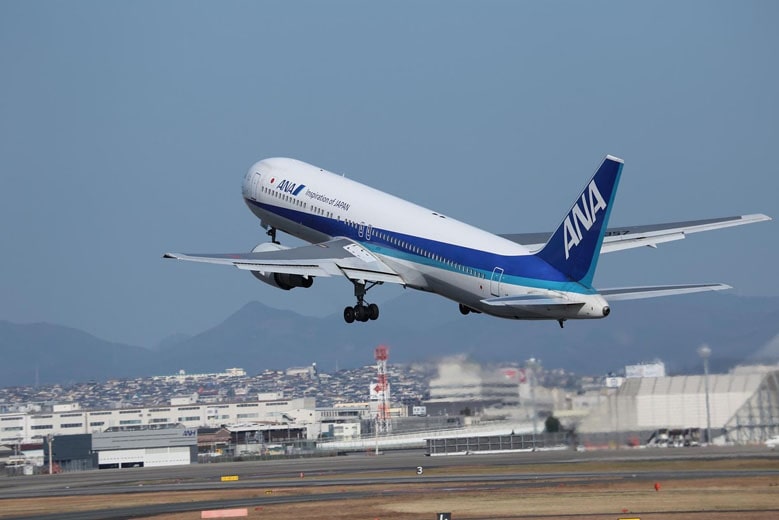
All Nippon Airways (ANA) offer free tours of their maintenance hangers, and through their airline museums. This is a great activity to do for all aviation lovers, and allows you to get up close to some of the airlines jets while they are being maintained. Getting a spot on these tours is highly competitive, and reservations must be made in advance (often booking out completely in minutes after becoming available).
11. Toyosu Market Tuna Auction
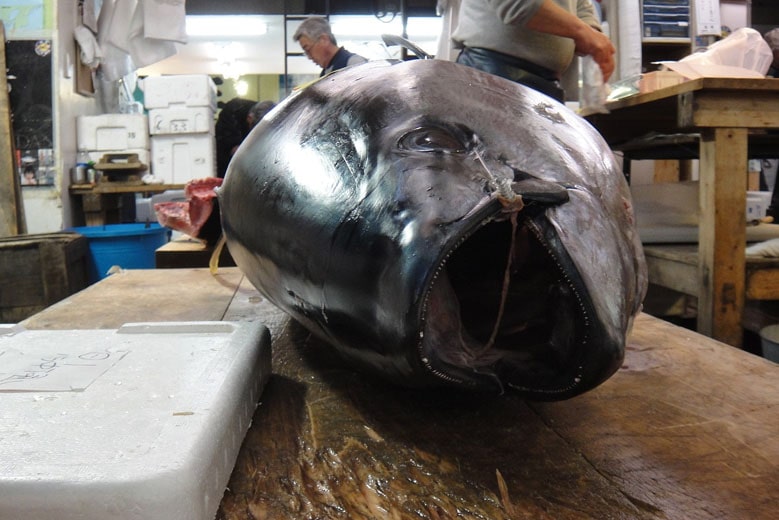
Toyosu Market is the wholesale market in Tokyo that succeeded the famous Tsukiji Fish Market. The Toyosu Market officially opened in October 2018, and it consists of three main areas: the Toyosu Wholesale Market, the Toyosu Fish Intermediate Wholesale Market, and the Toyosu Market Fisheries Wholesale Building.
Similar to Tsukiji, Toyosu Market is known for its tuna auctions, where large tunas are auctioned to buyers, including sushi restaurants and seafood retailers. The auctions are held in a specialized area, and visitors can observe the process from a designated viewing area.
The markets begins at around 5:30am, lasting until around 6:30am.
12. Tokyo Fire Museum
The Tokyo Fire Museum is dedicated to educating visitors about the history and work of the Tokyo Fire Department. Exhibits often include historical firefighting equipment, vehicles, uniforms, and interactive displays explaining fire safety and prevention.
The museum covers the evolution of firefighting techniques and equipment in Tokyo over the years. It offers insights into the challenges faced by firefighters and the technological advancements in firefighting methods, and is free to explore the 6 floors of the museum.



